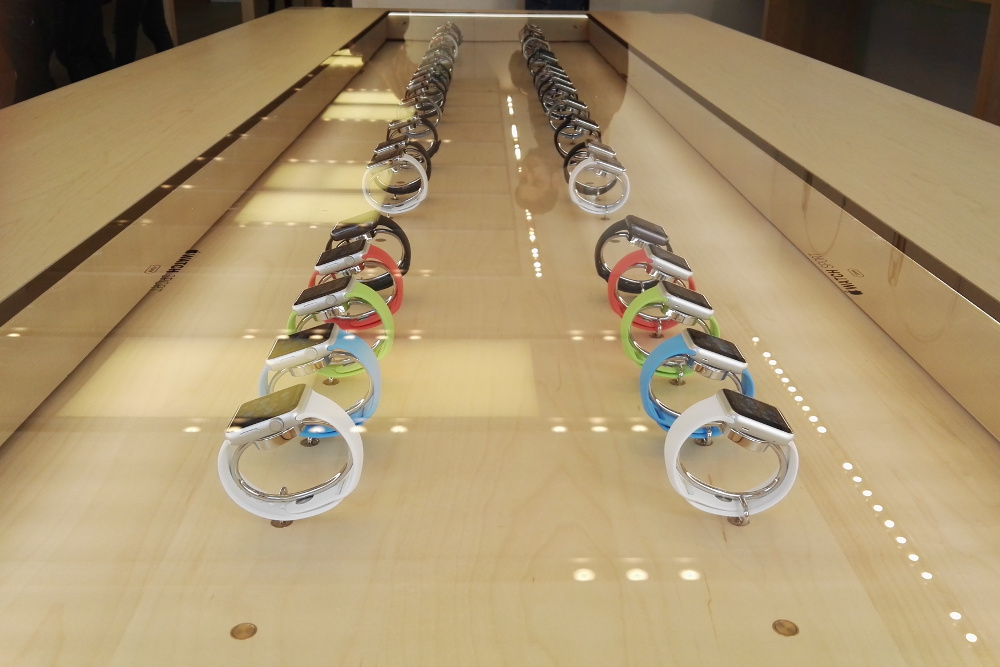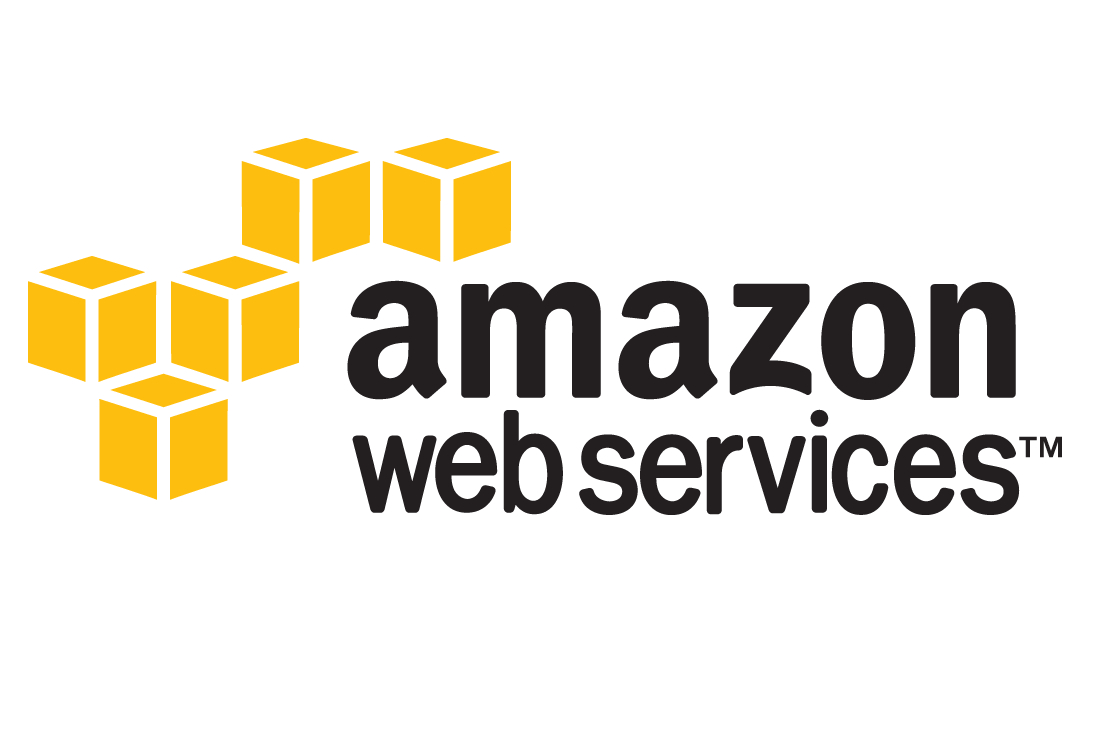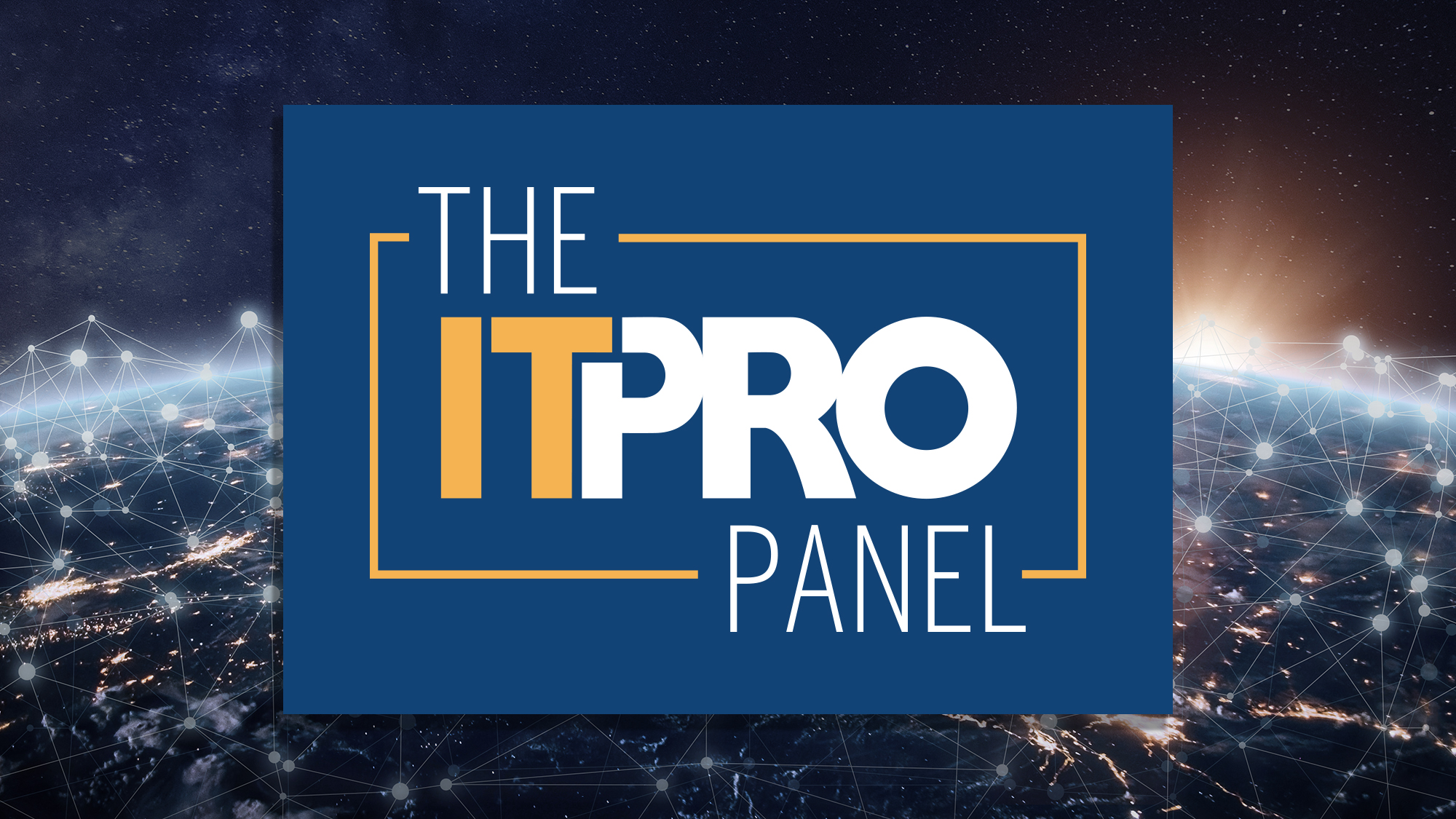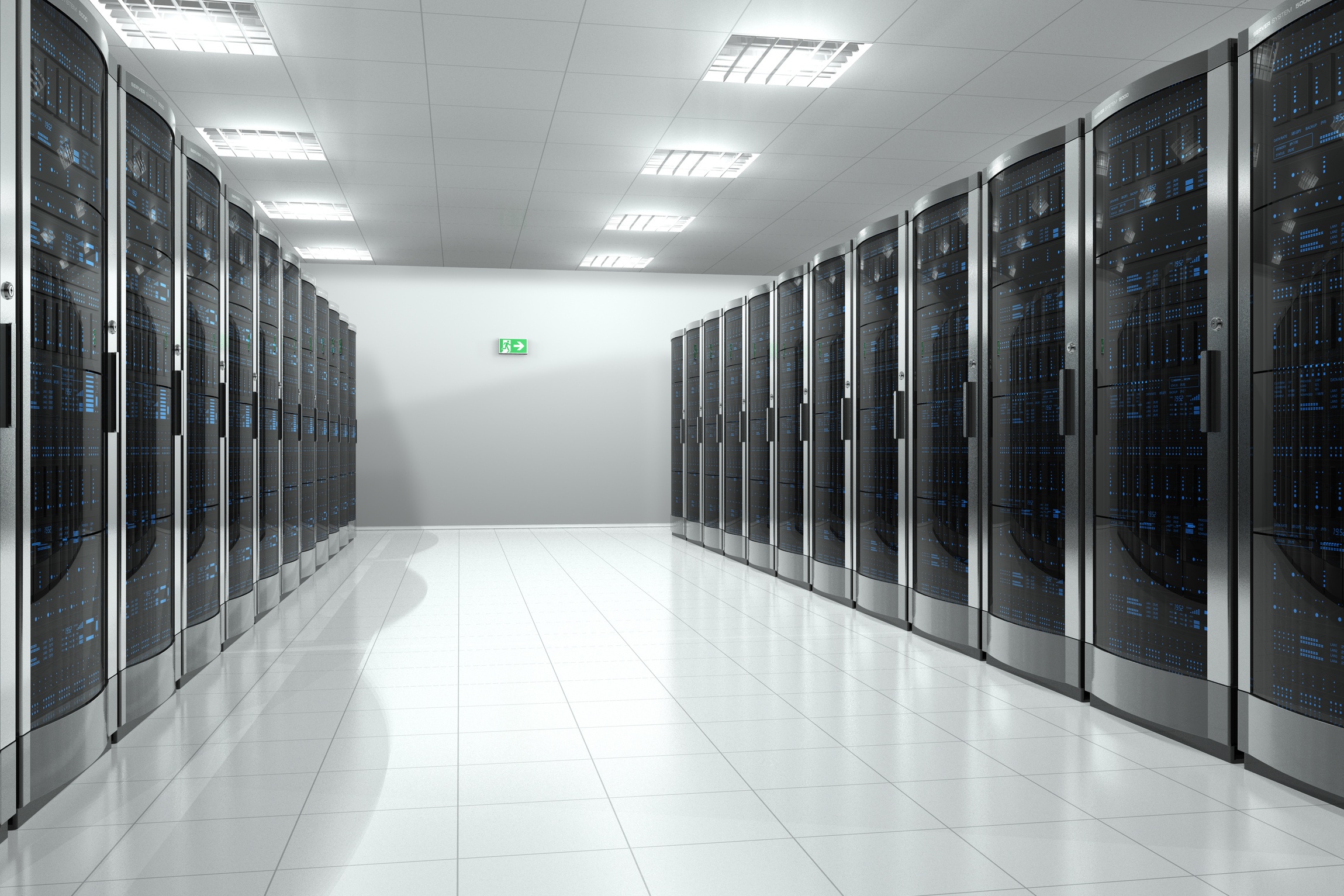SAP: Why the Apple Watch is just a piece of the devices puzzle
Q&A with SAP's UK&I chief technology adviser, Mark Darbyshire, on S/4 HANA working with Apple's latest wearable

Hi Mark. SAP's latest Business Suite update, S/4 HANA, brings it to cloud as well as on-premise. Do you see this as a good starting place for people to start using SAP's cloud services?
For a lot of organisations the move to things like S/4 things like HANA [SAP's in-memory data processing and cloud platform] also allows them to move to cloud and vice versa. So you can kind of hit those two goals with the one set of activities really. I can run HANA in a cloud so I can run S/4 on a cloud. I get those two goals for the price of one.
We saw in SAP's most recent financial results that it's got around 400 users now - do you know who's going to the cloud versus on-premise?
Some customers have already started using it, we have a spate of customers going to places like Waldorf to get their hands on it and understand what it means for them in their environment. You're not going to see that division come out clearly yet because some people start and then halfway through go whoa' we could be doing this on cloud and get that extra advantage in early.You will start to see that much more clearly towards the end of the year.
Simple Finance is already available as well and I should also say you're already seeing things like native connectivity with the business network and with Internet of Things (IoT). I would expect to see a blossoming of that as the year progresses.
One of the advantages of the S/4 HANA cloud is it works across lots of devices, including the Apple Watch - 12 apps and counting. Is this SAP responding to the mobile working trend, and do you think the Apple Watch will actually prove useful?
It's nice that you've got that consistent experience from desktop down to device, or desktop down to watch, even. Others have done it the other way round. They've said 'here's all my capabilities on the Apple Watch', and that's great but when you're in the office you're not going to be using your Apple Watch so much, it'll look a bit odd.
Get the ITPro daily newsletter
Sign up today and you will receive a free copy of our Future Focus 2025 report - the leading guidance on AI, cybersecurity and other IT challenges as per 700+ senior executives
Having a consistent experience across all devices hits the right note and that's more important than just targeting the one device.
Wearables are just starting to find use cases. How will you encourage those customers whose businesses are slow to adopt devices to move with SAP as you push more into cloud and Internet of Things (IoT)?
S/4 boasts much better backend capabilities combined with a front end that goes from desktop down to watch, and you're seeing SAP demonstrate what all these products can achieve. If there's a customer for whom some of those are more or less simple , we can phase how they adopt. You don't have to do everything at once if that's not what you want to do.
But customers are very excited about what we can achieve for their back-ends - reduction in tin, greater capabilities, being able to do analytics on the same data, these are big ones for IT and for the business.
Being able to then choose as and when you put that in the cloud or whether you want to put it on-premise, they don't have to make that decision today, they can move things around so there's agility and there's a really easy front-end to use.
Also, you've got connectivity between premise and cloud so you could split things, equally you could do multi-tenancy.
With the focus on cloud, will customers start to see an increasing ability to link different SAP products together?
One of the most interesting aspects of S/4 is its connectivity to our business network. We've already talked about Concur, but also things like Ariba, for things like indirect procurement, Fieldglass for contingent and workforce. It's not just about having a faster business, it's also a more connected business.
You're eliminating bottlenecks and integration painpoints throughout your business, whether it's how your workforce operates, how your employees operate, how your back-end operates.
Being able to combine that business data, your expenses and travel costs with what's going on in your financial stuff takes the risk out, it gets stuff done faster.
You recently made a string of IoT announcements, targeting industries like shipping and telecoms. What potential do you see for IoT and wearables in the UK market?
The fastest growing sector of the wearbles market at the moment is health technology and that's a very interesting area. You are going to see more IoT solutions.
What has maybe been limited in the UK up until now has been the business models. The technology isn't too much of an innovation. That's been reflected in some of the partnerships we've started, like with Jasper, which is about making it easier to manage IoT services and resources.
What do you mean by business models?
Some of it has been that classic question of this will only work once the technology's cheap enough. Some of it's been readiness of acceptance. It's about people consuming and interacting with technology in the ways that IoT business models might promote.
Do you want to be woken up by something detecting you've had half an hour of light sleep, or would you like an alarm clock that goes off at 6 o'clock in the morning? There's an increased awareness that IoT is a business model but it also changes the interaction between you and technology. Technology might in one way become more invasive, but the technology often becomes a lot more useful and a lot more compatible with you.
I really like how Jawbone can detect how much deep sleep and light sleep you've had and figure out the right time to wake you up as opposed to waking you up at exactly the same moment everyday. I might quite like that, my employer maybe less so.
The time it takes people to get sued to technology, you flip that around and that's people adopting the new business models of the IoT, isn't it?
-
 The Race Is On for Higher Ed to Adapt: Equity in Hyflex Learning
The Race Is On for Higher Ed to Adapt: Equity in Hyflex LearningBy ITPro
-
 Google faces 'first of its kind' class action for search ads overcharging in UK
Google faces 'first of its kind' class action for search ads overcharging in UKNews Google faces a "first of its kind" £5 billion lawsuit in the UK over accusations it has a monopoly in digital advertising that allows it to overcharge customers.
By Nicole Kobie
-
 Amazon’s new Lookout for Metrics monitors your organization’s KPIs
Amazon’s new Lookout for Metrics monitors your organization’s KPIsNews Lookout for Metrics uses machine learning to detect anomolies
By Mike Brassfield
-
 What is Network Intelligence?
What is Network Intelligence?In-depth A look at the technology enabling businesses to analyse data packets in real-time
By Esther Kezia Thorpe
-
 Three keys to successful data management
Three keys to successful data managementIn-depth Companies need to take a fresh look at data management to realise its true value
By Esther Kezia Thorpe
-
 Basho open sources its database for the Internet of Things
Basho open sources its database for the Internet of ThingsNews NoSQL database gives developers better API support
By Adam Shepherd
-
 How Amazon's cloud will make the IoT smarter
How Amazon's cloud will make the IoT smarterNews AWS IoT platform could upgrade connected devices over decades to keep them up to date
By Joe Curtis
-
 IDF: How Intel wants to tackle the Big Data “algorithm economy”
IDF: How Intel wants to tackle the Big Data “algorithm economy”In-depth The chipmaker reveals platform to bring Big Data analysis to more businesses
By Thomas McMullan
-
 IT Pro Panel: How the IoT will change your business
IT Pro Panel: How the IoT will change your businessIT Pro Panel Our panel of experts discusses the pros and cons of the Internet of Things
By Joe Curtis
-
 HDS sheds storage skin to power IoT innovation
HDS sheds storage skin to power IoT innovationNews Hitachi Data Systems builds on acquisitions' expertise to transform into data analytics business
By Joe Curtis